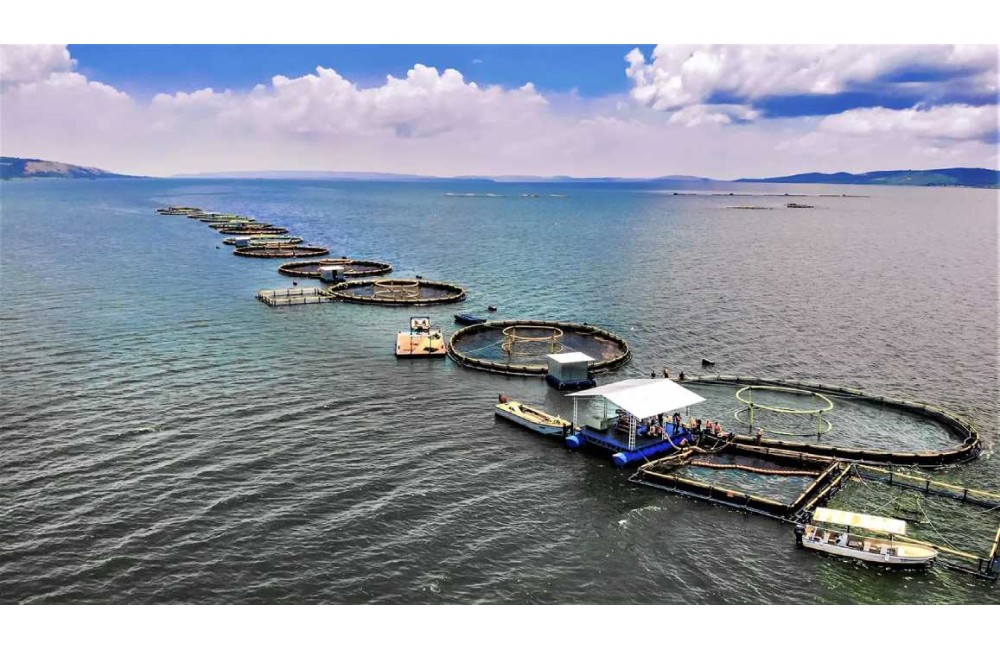
Fish for Good: Aquaculture's Protein Revolution
This study investigates the role of fisheries and aquaculture in providing
protein for human consumption. The Food and Agriculture Organization (FAO)
estimated that fisheries and aquaculture contributed 17% of global
animal-source protein for human consumption in 2018. This study aimed to assess
the protein quantities derived from these sectors and compare them to protein
production by terrestrial animals.
The analysis revealed that while aquaculture production surpassed fisheries
production in terms of live weight harvest (aquaculture: 82 million metric tons
vs fisheries: 74 million metric tons), fisheries contributed slightly more
protein (7.1 million metric tons) due to the composition of the catch. Aquaculture
tends to produce more molluscs (like clams and mussels) which have a lower
protein content compared to finfish and crustaceans typically caught by
fisheries.
On the other hand, total protein production from fisheries and aquaculture
combined reached 13.9 million metric tons, constituting 15.3% of all
animal-source protein for human consumption globally in 2018. This finding
aligns well with the FAO's estimate of 17.1%, highlighting the reliability of
the independent assessments.
Breaking down the sources of animal-source protein further, milk emerged as
the single largest contributor (30.9 million metric tons), followed by chicken
and other birds (15.4 million metric tons), pigs (9.9 million metric tons),
cattle (6.8 million metric tons), sheep and goats (2.3 million metric tons),
eggs (8.7 million metric tons), and other animals (1.2 million metric tons).
When focusing solely on edible meat protein, terrestrial sources provided
the majority (37.4 million metric tons), with fisheries and aquaculture contributing
13.9% and 13.3% respectively.
The study acknowledges that the reported protein content represents crude
protein, and actual protein content might be slightly lower due to the presence
of non-protein nitrogen. Taking this into account, the estimated true protein
amount from animal sources reached 82.5 million metric tons, translating to
10.85 kilograms per capita for the global population in 2018. Fisheries and
aquaculture specifically contributed 1.84 kilograms per capita of animal-source
protein.
The study emphasizes the crucial role of fisheries and aquaculture in
securing global protein supplies. With capture fisheries reaching a plateau,
the future of protein production from these sectors hinges on the continued
growth of aquaculture.
In conclusion, this study
highlights the significant contribution of fisheries and aquaculture to global
animal-source protein production. While efforts to increase plant-based protein
consumption are ongoing, animal proteins remain a vital source due to their higher
protein concentration and essential amino acid profile. The study underscores
the importance of sustainable aquaculture development to meet the rising demand
for animal-source protein in the foreseeable future.
